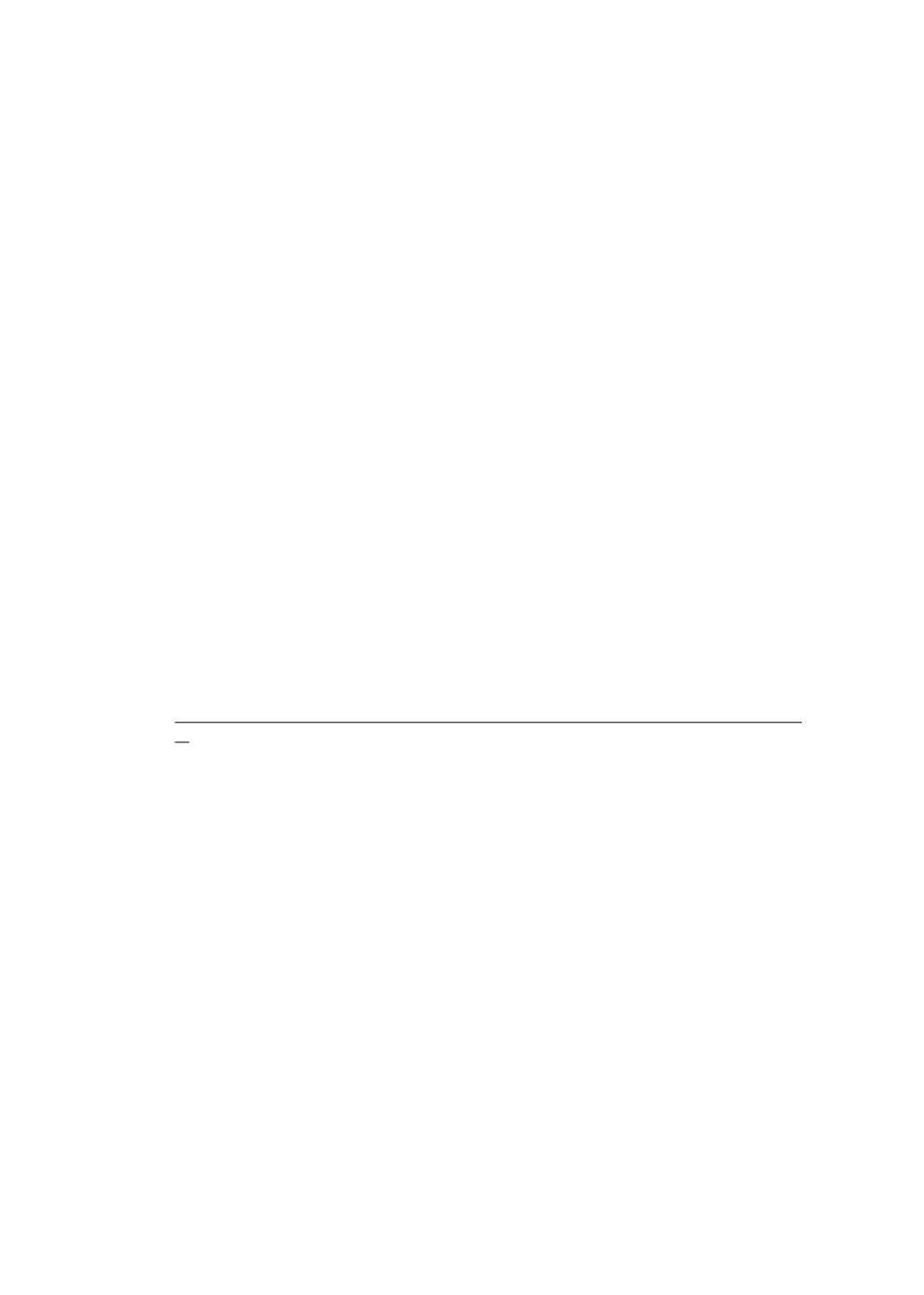

202
Islam, K., and Asadullah, M. N. (2018). Gender Stereotypes and Education: A Comparative
Content Analysis of Malaysian, Indonesian, Pakistani and Bangladeshi School
Textbooks, PLoS One. 13(1): e0190807.
Jones, S., Schipper, Y., Ruto, S., & Rajani, R. (2014). Can your child read and count? Measuring
learning outcomes in east Africa.
Journal of African economies, 23
(5), 643-672.
Kaffenberger, M. and Pritchett, L. (2016). Schooling Completion and Learning: New Evidence
from the Financial Inclusion Insights Data.
Krishnan, Nandini; Lara Ibarra, Gabriel; Narayan, Ambar; Tiwari, Sailesh; Vishwanath, Tara
(2016) Uneven Odds, Unequal Outcomes: Inequality of Opportunity in the Middle East
and North Africa. Directions in Development--Poverty. Washington, DC: World Bank.
Krishnaratne, S., White, H., & Carpenter, E. “Quality education for all children? What works in
education in developing countries.” 3ie Working Paper 20, International Initiative for
Impact Evaluation.
Lay J. (2012). Millennium development goal achievements and policies in education and
health: What has been learnt?
Development Policy Review, 30
(1), 67–85.
Lockheed, Marlaine E.; Prokic-Breuer, Tijana; Shadrova, Anna (2015). PISA: the experience of
middle-income countries participating in PISA 2000-2015. Washington, D.C.: World
Bank Group.
Lucas, Robert E. (1988). On the mechanics of economic development.
Journal of Monetary
Economics 22
, (1), 3-42.
Masino, S. & Niño-Zarazúa, M. (2016). What works to improve the quality of student learning in
developing countries?
International Journal of Education Development, 48
, 53-65.
McEwan, P. (2012). Improving learning in primary schools of developing countries: A meta-
analysis of randomized experiments.
Review of Educational Research, 20
(10), 1-42.
Mckenzie, P., D. Nugroho, C. Ozolins, J. Mcmillan, S. Sumarto, N. Toyamah, V. Febriany, R. J.
Sodo, L. Bima, & A. A. Sim. (2014). Study on Teacher Absenteeism in Indonesia 2014.
Jakarta : Education Sector Analytical and Capacity Development Partnership (ACDP).
https://research.acer.edu.au/cgi/viewcontent.cgi?article=1003&context=policy_refor mMekonen Y. A. (2010). ‘2015’ agenda for Africa: Development from a human perspective.
IDS
Bulletin, Institute of Development Studies, 41
(1), 45–47.
Mulcahy-Dunn, A., Dick, A., Crouch, L., and Newton, E. (2016) Education Data for Decision
Making (EdDataII): Key Achievements and Lessons Learned. USAID.
Muralidharan, K., and Sundararaman, V. (2013). The Aggregate Effect of School Choice:
Evidence from a two-stage experiment in India. National Bureau of Economic Research
(NBER) working paper no. w19441.
Murnane, R. J., & Ganimian, A.J. (2014). Improving Educational Outcomes in Developing
Countries: Lessons from Rigorous Evaluations, NBER Working Paper 20284
Murray, H. (2012) Is School Education Breaking the Cycle of Poverty for Children?: Factors
Shaping Education Inequalities in Ethiopia, India, Peru and Vietnam. Young Lives
Policy Paper 6.
Nicholas Burnett and Colin Felsman (2012) POST-2015 EDUCATION MDGS AUGUST 10, 2012.
Obeidat, O. and Dawani, Z. 2014. Disseminating and Using Student Assessment Information in
Jordan. Washington, DC, World Bank.
OECD ( 2010) PISA 2009 Results, What Students Know and Can Do: Student Performance in
Reading, Mathematics, and Science. Vol. 1. Paris: OECD (Organisation for Economic Co-
operation and Development).
OECD-UNICEF (2016) What makes a school a learning organisation? A guide for policy makers,
school leaders and teachers.
















